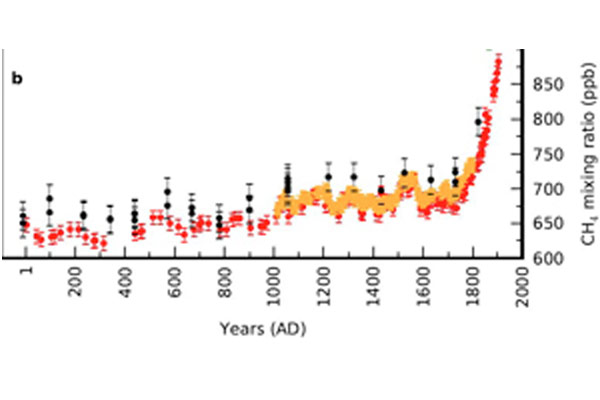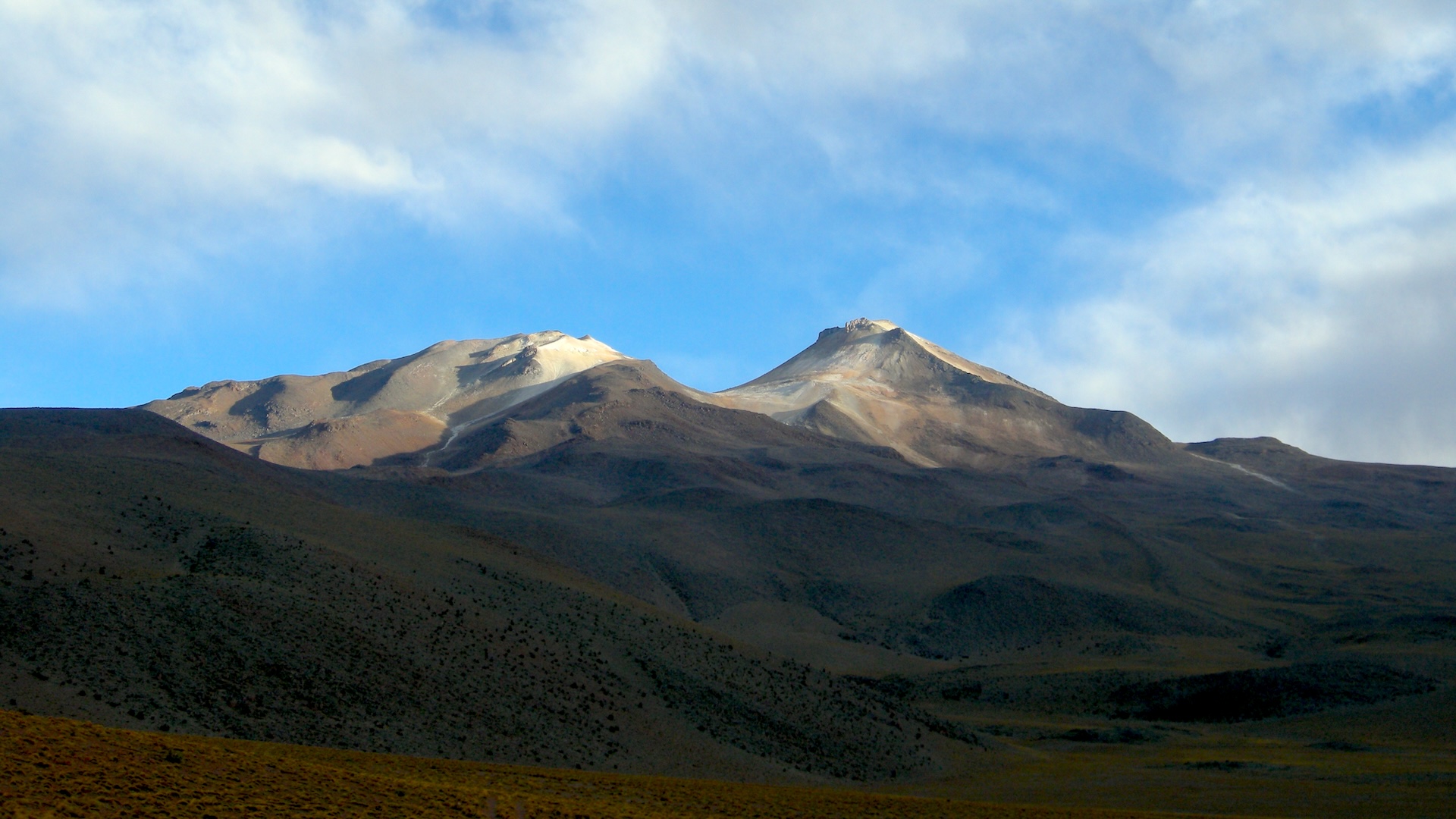
By burning wood, humans have been significant contributors to greenhouse gas emissions as far back as the Roman Empire, researchers say.
The finding may lead scientists to rethink some aspects of climate change models, which assume humans weren't responsible for much greenhouse gas before the Industrial Revolution.
"It was believed that emissions started in 1850. We showed that humans already started to impact greenhouse effects much before," study co-author Célia Sapart of Utretcht University in the Netherlands said.
Methane is a potent greenhouse gas with 20 times the warming power of carbon dioxide, Sapart told LiveScience. Forest fires, wetlands and volcanic eruptions naturally release methane into the atmosphere. But human actions, such as raising cattle or burning fossil fuel, now account for more than half of the methane released.
To see how far back humans were producing significant amounts of methane, Sapart and her colleagues analyzed ice cores from Greenland. Tiny air bubbles trapped in the ice provide a perfect snapshot of the atmosphere thousands of years ago: The fraction of heavy and light carbon isotopes (atoms of the same element but with different numbers of neutrons) inside these air bubbles can not only reveal atmospheric levels of methane but tell researchers whether the gas came from forest fires, wetlands or other sources. [Giant Ice: Photos of Greenland's Glaciers]
In their Oct. 3 study detailed in the journal Nature, the researchers found that methane production was high around 100 B.C., during the heyday of the Roman civilization, and waned around A.D. 200 as the empire faltered. The methane was released when Romans burned down forest to clear land for crops and expanding settlements, Sapart said.
This time period also coincided with the peak of China's Han dynasty, which burned large amounts of wood to forge swords. Once the dynasty collapsed around A.D. 200, atmospheric methane levels dropped.
Sign up for the Live Science daily newsletter now
Get the world’s most fascinating discoveries delivered straight to your inbox.
Methane production also spiked during Europe’s mini-ice age, around 1400, as people burned wood to stay toasty inside, she said. Across the time period the researchers studied, human activities such as growing food or keeping warm were responsible for 20 percent to 30 percent of the methane released from burning organic matter. Of course, the historical methane emissions were still small in comparison with modern levels.
The findings suggest that climate change predictions may need tweaking, Sapart said. Prediction models assume baseline, natural levels of methane emissions to forecast how human actions will change levels in the future. Previously, researchers thought natural events produced almost all of the methane prior to industrialization.
"The big goal of all this is to try to predict how greenhouse gas concentrations in the atmosphere are going to evolve in the future," Sapart said. "Already at this period humans were emitting greenhouse gases, especially methane, so we need to reconsider what are natural conditions."
Editor's Note: This article has been updated to correct a line suggesting 100 B.C. was the heyday of the Roman Empire, rather it should've referred to the "Roman civilization."
Follow LiveScience on Twitter @livescience. We're also on Facebook & Google+.

Tia is the managing editor and was previously a senior writer for Live Science. Her work has appeared in Scientific American, Wired.com and other outlets. She holds a master's degree in bioengineering from the University of Washington, a graduate certificate in science writing from UC Santa Cruz and a bachelor's degree in mechanical engineering from the University of Texas at Austin. Tia was part of a team at the Milwaukee Journal Sentinel that published the Empty Cradles series on preterm births, which won multiple awards, including the 2012 Casey Medal for Meritorious Journalism.










